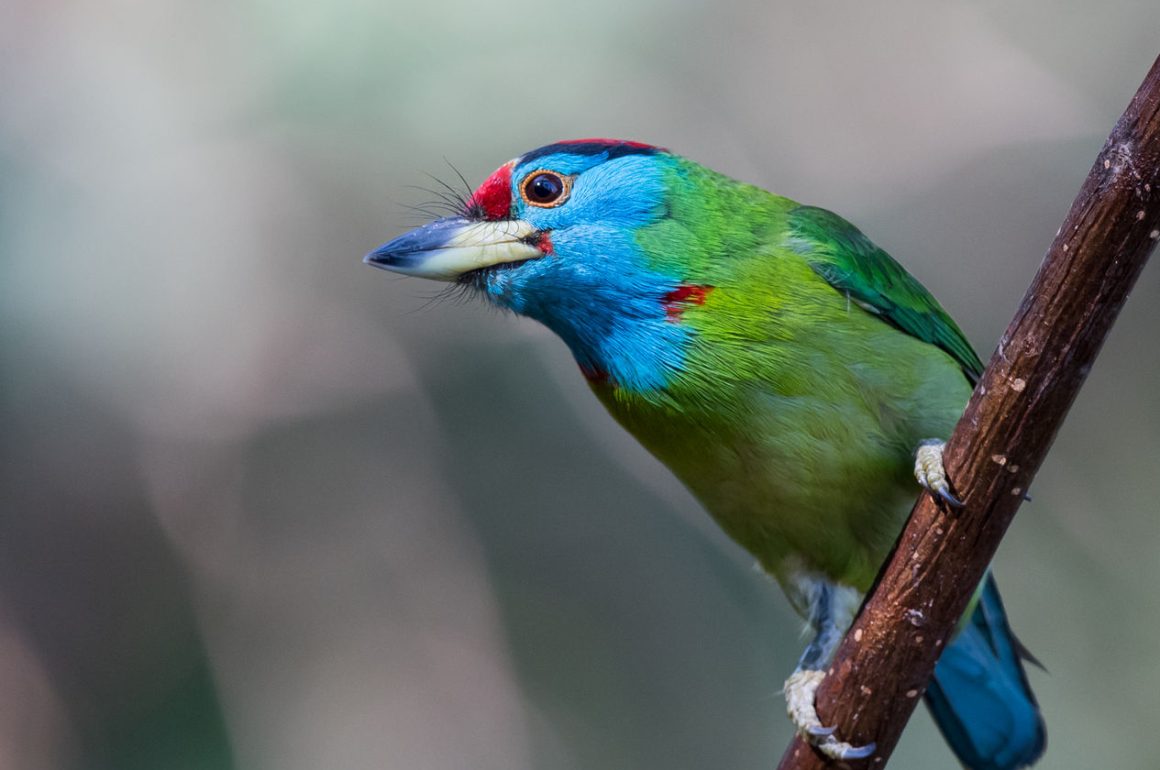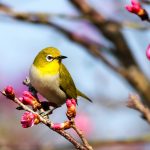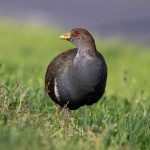
In this new series, we aim to answer questions that ornithologists and birders tend to get asked. If you have a question you would like to be answered in this series, please contact us or put your question in a comment on this post.
To start with, this question implies that tropical birds are on average more colorful than those living in temperate climates. However, research on 137 different songbirds in Australia found that there is no actual difference.
The explanation provided by the researchers sounds reasonable: “If you look at birds in the tropics, there are a lot of colorful birds that stand out. But there are really more species in general there, and there are just as many more of the little brown ones”.
However, a more comprehensive study looking at more than 4500 passerine species found that tropical birds are indeed more colorful than those in temperate climates (or in scientific terms, there are “latitudinal gradients in organismal colorfulness”). This applies to both females and males and also both to the averages and the extremes.
But why is that so? There are several hypotheses.
A favored one is that in tropical areas, there is more energy available, and the metabolism of the birds is also higher. The available extra energy is invested in colorful feathers as a way to attract mates.
A related rationale is that in the tropics, the climate is more stable, so energy is available year-round, again allowing greater investment in elaborate colors.
From a chemical point of view, many tropical birds rely strongly on fruit as food – and many of the fruits contain substantial amounts of carotenoids, a group of yellow, orange, and red organic pigments. In many species, these pigments are directly deposited inside the birds’ feathers – the birds cannot produce them themselves.
There are even more hypotheses, such as the need to stand out in tropical low-light conditions or inversely the lower predation risk in such conditions by being brightly colored. That is science.
Cover Photo: Blue-throated Barbet, Baihualing, Yunnan, China













Is it because some families with a lot of colour solely occur in the tropics? Parrots, barbets, tanagers, and toucans. Some notable exceptions too. Furnarids are all the exact same brown. Cisticolas and white-eyes are basically the same bird 100 times. Just saying: could be observer’s bias.
Well, they’re all colourful – just occupying different areas on the visible spectrum. Brown, buff, russet, rufous, cinnamon, I enjoy all of these colours as well!
To Faraaz’ point: and then there is the UV spectrum too…